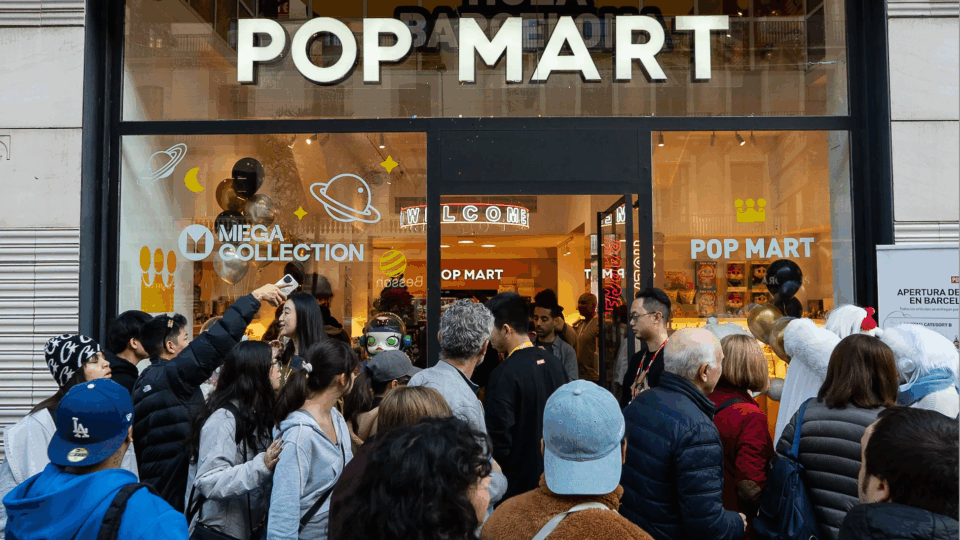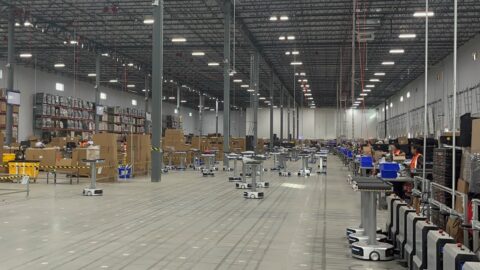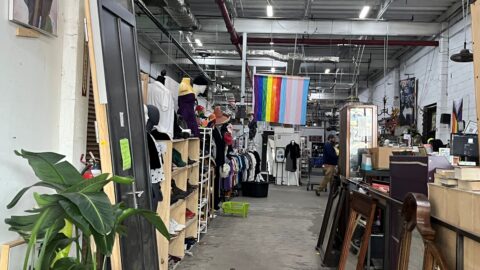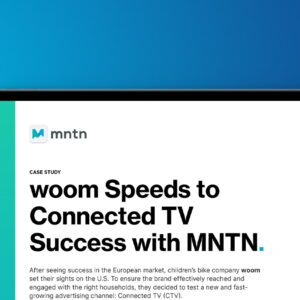If the Beanie Babies proved anything, it’s that grown-ups like toys too. And while it’s been 30 years since that particular line of toys caused mass hysteria, the same poignant combination of nostalgia, scarcity and playful joy continues to propel what is now known as the “kidult economy.”
This group of adult enthusiasts accounts for as much as $9 billion in toy sales annually, with recurring favorites that include Lego, American Girl and Hello Kitty. In fact, for the first time ever, toy demand by preschoolers was surpassed by demand from consumers over the age of 18 earlier this year, according to Circana. These enthusiasts camp out for drops, flip exclusives online for a profit and have been known to invest five figures or more in rare items.
China-based specialty retailer Pop Mart is built around this fervor, selling collectible designer toys primarily in a blind-box format, meaning people don’t know exactly which toy in a series they are getting when they buy it. Most of its customers are adults.
“The global rise of fandom culture, collector communities and nostalgia-driven shopping has created a universal appetite for what we offer — high-quality designer collectibles with an element of surprise,” said Larry Lu, Head of Pop Mart North America in an interview with Retail TouchPoints. “Our blind-box concept resonates with consumers worldwide because it taps into the thrill of discovery and the joy of collecting. Additionally, the U.S. market has a strong pop culture and streetwear community, which naturally aligns with what we do. Our success globally has proved the power of the model, and our rapid U.S. expansion shows it’s already taking hold here too.”

Founded in 2010, the company moved into the U.S. market in 2022 with a pop-up in LA that was swiftly followed by a permanent store at the American Dream mall in New Jersey. In 2024, the company opened 20 U.S. locations, and more are on the way this year in “key cultural hubs” across the country. And for fans in markets without a store, Pop Mart also has a network of 43 Robo Shops — vending machines that dispense blind boxes — in high-traffic areas like malls and airports.
This growing U.S. presence, along with its more than 100 overseas stores, drove $1.83 billion in revenue for the company last year (a 107% increase year over year), solidifying Pop Mart’s position as a central player in the booming kidult economy. That economy, by the way, shows no sign of slowing down anytime soon — toy collectibles alone accounted for $13.9 billion in sales in the U.S. in 2024, and that number is expected to grow to $38.2 billion by 2034. Here’s an inside look at how this toy store has tapped into pop and hype culture to regularly create shopping frenzies — among adults.
Pop Mart’s Playbook for Hype Retail
Unlike most other toy stores, Pop Mart is built around original IP. Many of its own brands, which include The Monsters (including the now globally famous character Labubu), Molly, Hirono and SkullPanda, have gone viral, with some plush drops selling out in just 10 minutes. In fact, the company saw 1,289% growth in its plush category last year.

“Our original IPs are at the heart of a passionate global community,” explained Lu. “By discovering and developing compelling characters, we create fandoms that extend beyond collecting. Our high-quality designs and storytelling-driven approach make each release highly anticipated, fostering deep emotional connections with customers and fans. The blind-box format adds an interactive element, while limited-edition artist collaborations introduce fresh creativity to every series.”
Those collaborations have included some of the biggest names in pop culture — Disney, Harry Potter, Marvel and Sanrio — but the team is selective about who and what it brings into the Pop Mart fold, with Lu saying that collaborations must have cultural relevance, staying power and a visual appeal that can be adapted into its distinctive toy format.
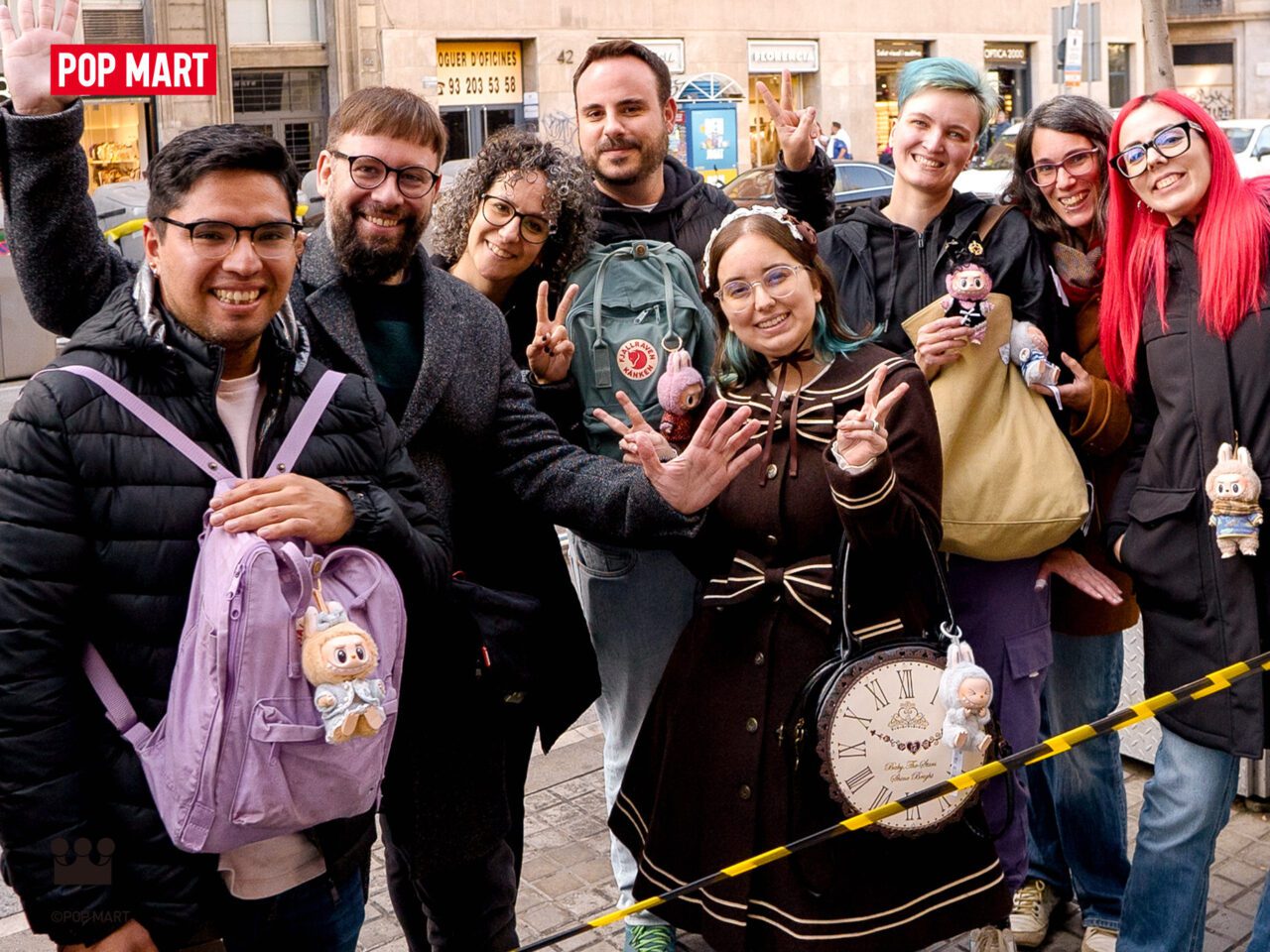
But what really drives sales at Pop Mart is its drop culture, drawn from the realms of streetwear, with new toy series regularly bringing in huge crowds and selling out. “Collectibles today aren’t just toys — they’re a form of self-expression, nostalgia and even investment,” said Lu. “For many of our customers, Pop Mart figures function the same way sneakers, designer bags or streetwear drops do — they’re limited-edition, they hold value and they build community. We’ve also seen a rise in fashion-forward consumers embracing collectibles and styling our plush characters. This cultural shift has made designer toys a lifestyle product, not just something for kids.”
To continually fuel that fervor, Pop Mart refreshes its inventory constantly, with new series, surprise drops and collaborations that keep people coming back. TikTok Shop also has helped drive “incredible momentum” for the company with real-time unboxings that help to further fuel viral demand, Lu added.
Equal Parts Store and Fan Hub
While online sales are a major part of the Pop Mart business, particularly when it comes to promoting new collaborations and products, stores remain the heart of the company. In addition to being selling points, Pop Mart’s stores act as community hubs where fans connect, trade and share their collections, deepening their relationship with the brand.
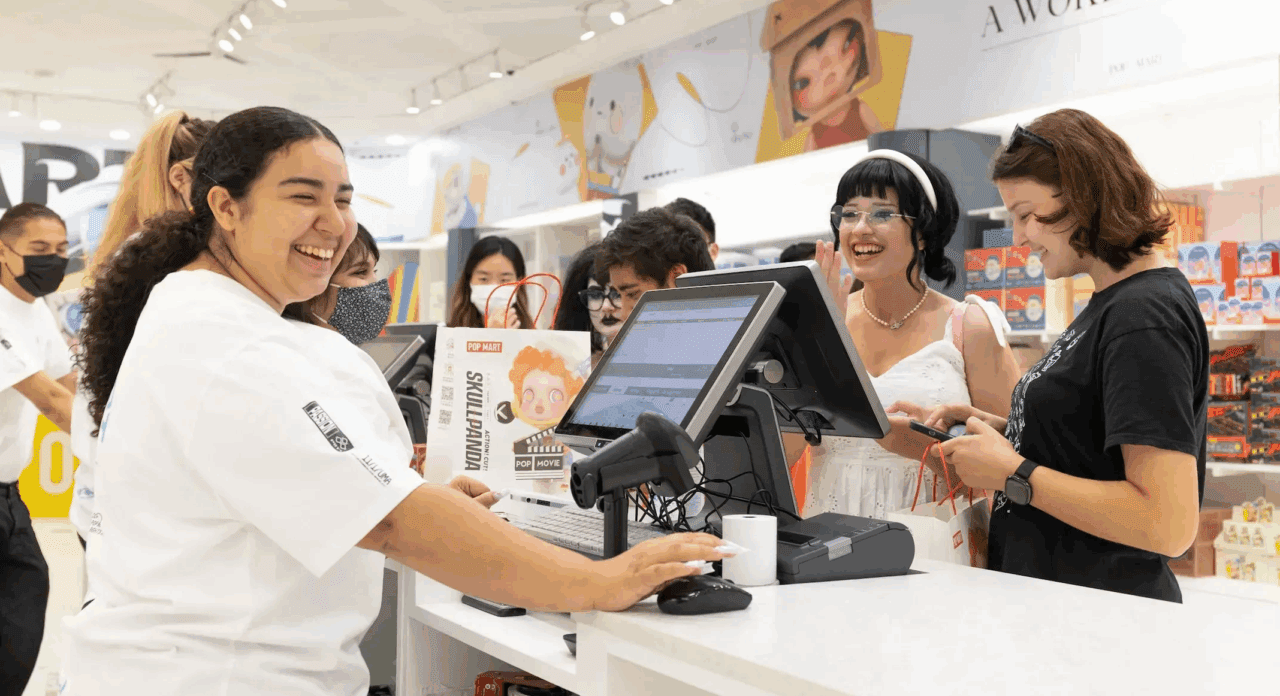
The company encourages these community gatherings with regular events, including artist signings and themed activations like the Valentine’s Day floral event at Century City Mall in LA and a Year of the Snake Pop Block event at the Tangram Mall in NYC. All of these activations serve to reinforce the sense of community that makes Pop Mart shoppers genuine fans, not just customers.
“Pop Mart stores are designed for discovery — we create spaces that blend art, retail and experience,” said Lu. “Every location is built to immerse shoppers in the world of designer toys, with eye-catching displays, oversized character installations and engaging visual storytelling. The core driver, though, is the thrill of the blind-box format. Not knowing exactly which design you’ll get makes every visit feel like a game.”
A number of other similar Asian-based retailers, including Miniso, Line Friends and Daiso, also have their eye on the U.S. market, but according to Lu, Pop Mart has an edge with its focus on toys and its original, artist-led IP.
Innovative retail concepts like its Robo Shops also help Pop Mart stay ahead of the curve. Not only do the vending machines offer 24/7 accessibility and instant gratification, but they also act as a low-cost way for the retailer to gauge consumer interest in new markets as it looks to expand its store footprint.
And store expansion is definitely in the cards for Pop Mart this year, said Lu, along with more in-person experiences. “Beyond retail, we’ll be expanding our artist collaborations — including new additions to our popular plush lines — while continuing to introduce fresh creative talent to our global audience. This year is all about scaling our success and bringing even more fans into the world of Pop Mart.”




